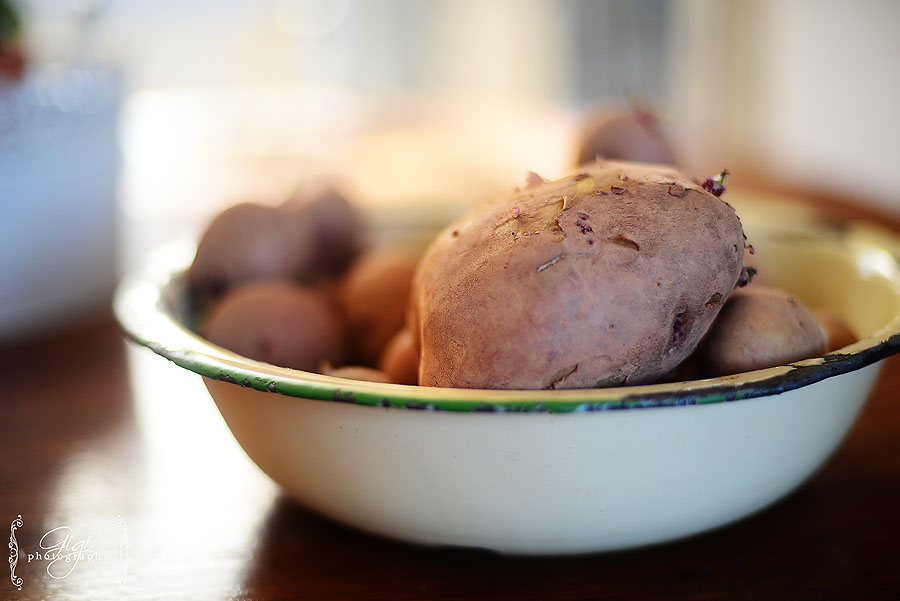 “The first supermarket supposedly appeared on the American landscape in 1946.
“The first supermarket supposedly appeared on the American landscape in 1946.
That is not very long ago. Until then, where was all the food?
Dear folks, the food was in homes, gardens, local fields, and forests.
It was near kitchens, near tables, near bedsides.
It was in the pantry, the cellar, the backyard.”
-Joel Salatin
“What are your plans for the garden this year? Are you expanding?” asked my husband, one evening, while we gathered around the dinner table. “Maybe we should …”
My eyes lit up. Usually I a met with heavy resistance from the Man of the House whenever I wish to expand our gardens. However, with this new encouraging attitude coming from his seat in the house, yes, I will most certainly enlarge the garden plot!
The little room off our kitchen has turned into an indoor garden, as we ready ourselves for the upcoming summer of growing food for our family. Furniture was moved out and shelving was move in, along with all our seed supplies. We will not be able to plan to outdoors until May but we can begin our seed planting indoors.
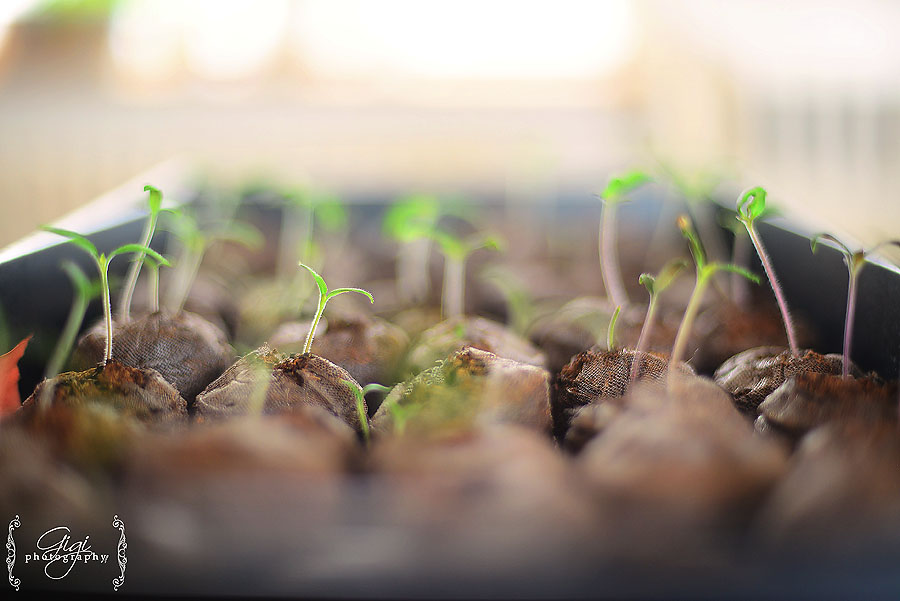
God truly took care of our family last year, moving us in time to plant our important vegetable garden which would feed us through the winter months and until the next gardening season – and now the journey continues, as my daughters and I plan out this year’s vegetable garden.
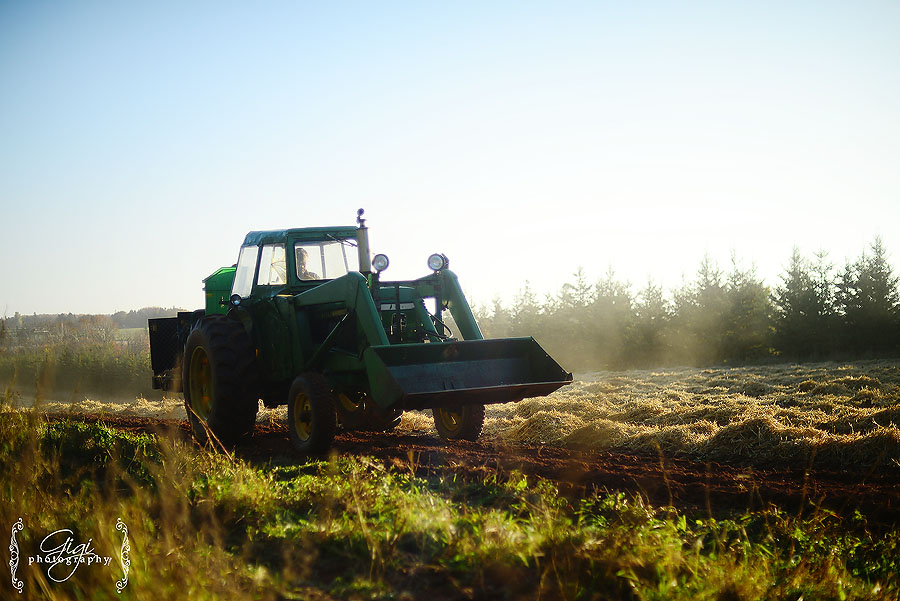
For the past 8 years, we have tried to grow as much food as possible for our family – to eat seasonally and eat locally. We grow our vegetables, raise our own meat and do our best to find the rest that we may not be able to grow locally. We even have been blessed with two hives of bees that will supply honey for our family.
Eating seasonally and ‘within the natural limits of your garden gate’ definitely changes your menu plan; you will not find strawberries *unless they are frozen from the summer picking* at our meals in March, however you will find cabbages, carrots, farm-raised chicken, applesauce, pickled beans and dried or preserved fruits. You do NOT have to rely on outside sources for your food needs. However, you DO need to adjust what you eat to fit what can grow in your zone.

Taking our inspiration from so many gardens throughout history, George Washington’s garden still thrills my gardener’s soul, as it incorporates beauty and practical needs together. If our family visits a historical home, I’m always keen on seeing the family’s vegetable garden, curious to know what they grow and how they grow it. I also love to watch documentaries on Victory Gardens – a time when people were not afraid to dig in the soil and work hard for everyone, including their neighbours and their country.

Growing flower borders in our family vegetable garden has certainly beautified our days working the soil. I am adding an edible floral section to the garden this year. If you can grow flowers, why not make them edible or medicinal?
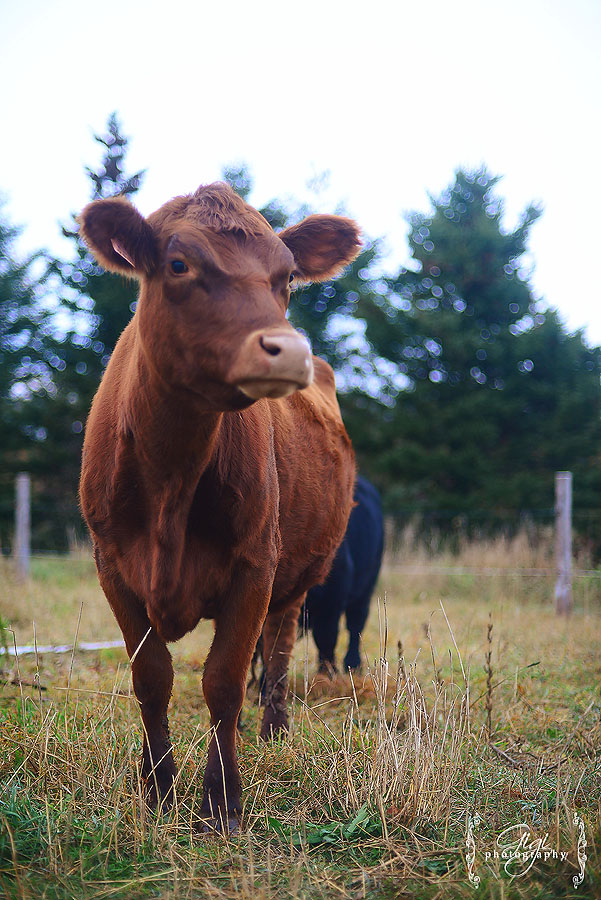
Fairlight -our Lowline cow with calf behind her
This year, yes, we plan on expanding and growing more – as our family grew over the past few years, we need more cellar-worthy vegetables that will tide us over through the long winters. We will increase our onions, carrots and dried beans section. I plan on adding a larger pea section, as well. We have recently run out of carrots in our home and we ate our last cabbage, which means I should have planted some additional last year. Keep a mental check on what your family’s needs are will help you decide how of which vegetable to plant.
By growing your own food – by planting a garden – this is how you begin stocking up your pantry. It requires good old fashioned work, but it is worth it.
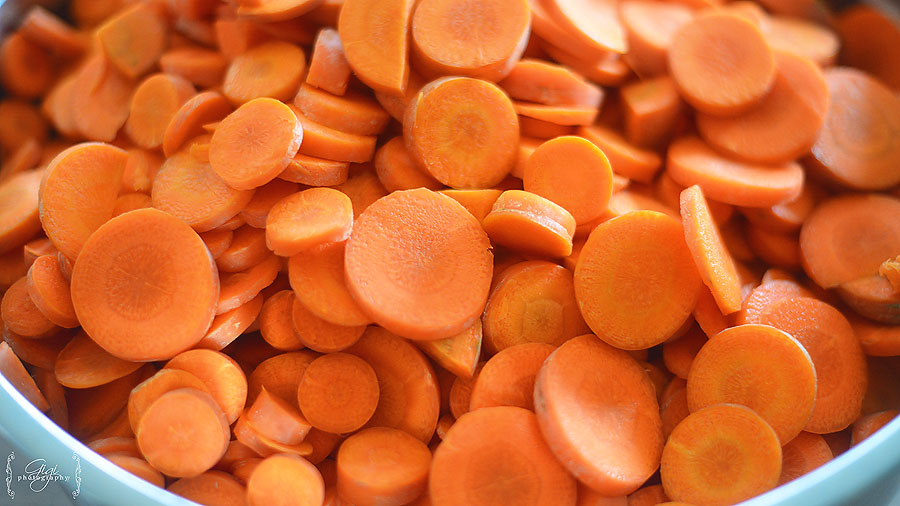
Growing our own food and preserving our garden harvest has been a little bit of a passion of mine — and we have learned so much over the years, through success and likewise, failures. Last year, while we purposefully left half our carrot harvest in the soil to harvest in March, we were pleasantly rewarded with crisp, beautiful carrots early spring, grown the previous summer. This past gardening season, we left our carrots in the soil again — but instead of being preserved by the frost and cold weather, they rotted away. And so, we learn and we grow and we try, try, try again. We do not give up.

Have you ever tried growing your own cooking beans? Kidney beans, brown beans, black eyed beans – yes, you can grow them all in your garden! — and quite easily. We grew them last year and throughouly enjoyed them this winter. (The hardest part was shelling them – does anyone have any suggestion on a time-efficient process? Perhaps the good old fashioned way of sitting on the back porch, popping the beans out of their pods, is truly the only way.)
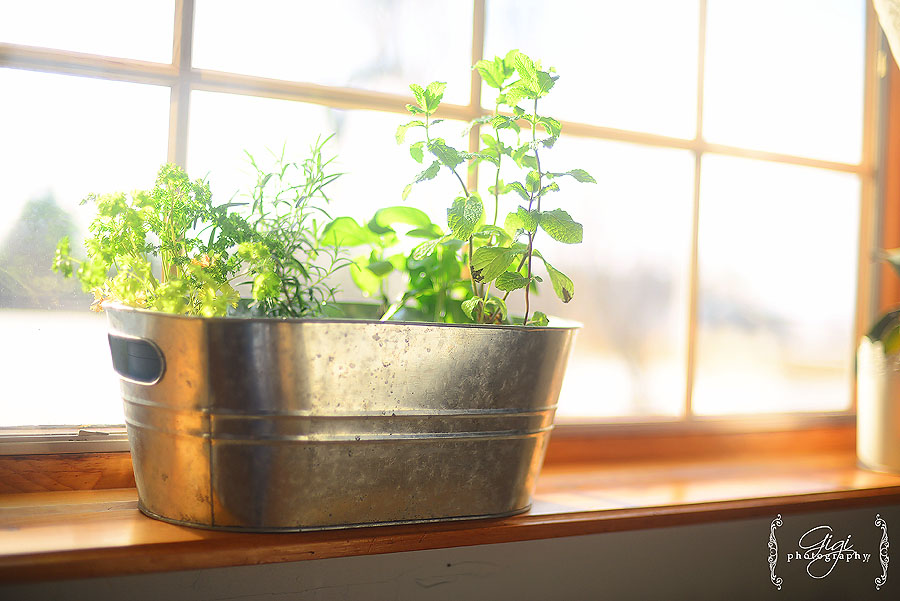
Have your thoughts recently turned to preparing your pantry for your family — or to grow extra food to help others in need?
Buying in bulk, if an option, is a wonderful way to supply your family with dry goods and grains.
Do you have access to flour for your family?

Do you have a grain mill? While we had a grain mill for about 10 years, I recently checked them out online – a lot of them are out of stock, but wouldn’t it be a wonderful thing to save to purchase in the near future? Bread, good healthy homemade bread – oh, it’s so delicious, fun to make and such a good comfort food for your family! The nutritional value of milling your own flour is astounding. Plus, it feels old fashioned and I like that feeling. 
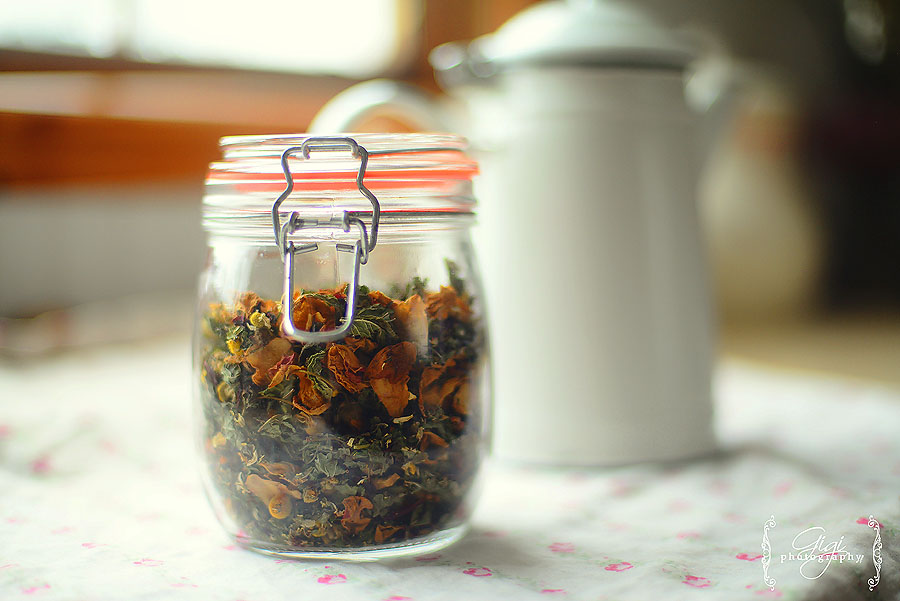
{homegrown herbal tea mixed and ready for steeping}
Have you thought about growing your own herbs or a tea garden? This is one of my favourite aspects of gardening – not only are they delicious and beautiful, but the herbs are medicinal, as well. It would be prudent to build up your herbal garden, which will serve as your family’s pharmacy, as well.
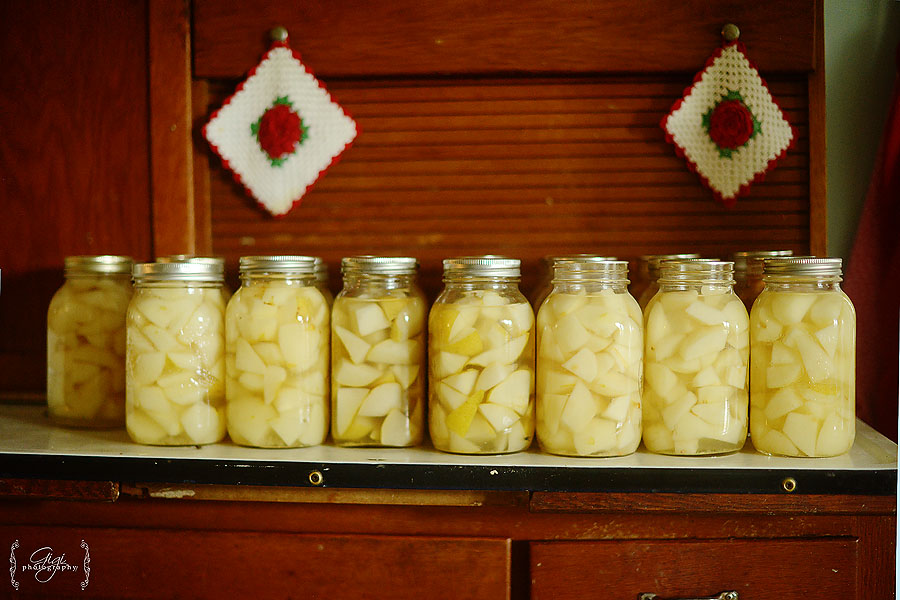
There’s so much to be said about growing and raising your own food! Even in a small plot of land, it can be done! I recently came across a neighbour who grows 80% of their own food on .69 of an acre. We, as women, need to return home, grab a shovel and find a place to grow your food. Carrots, potatoes, beets, tomatoes, peppers, onions, garlic, lettuce, cucumbers … these are all very easy to grow. As one of my friends would say – there really is no excuse – you choose to do it or you choose to not do it.
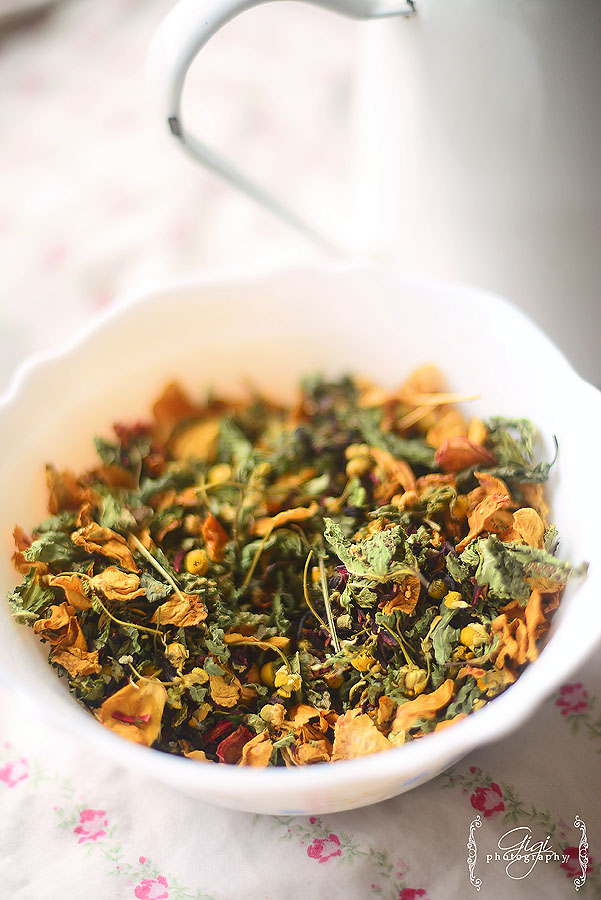
Growing your own food, drying your own herbs, canning and preserving your vegetables, stocking your pantry and freezer are all ways of prudence and preparation. It does not matter what is going on in the outer world, as you, dear homemaker, will be busy, minding your own business, working with your hands and, with God’s blessing, providing for your family.
So, ladies – what will you grow this year?
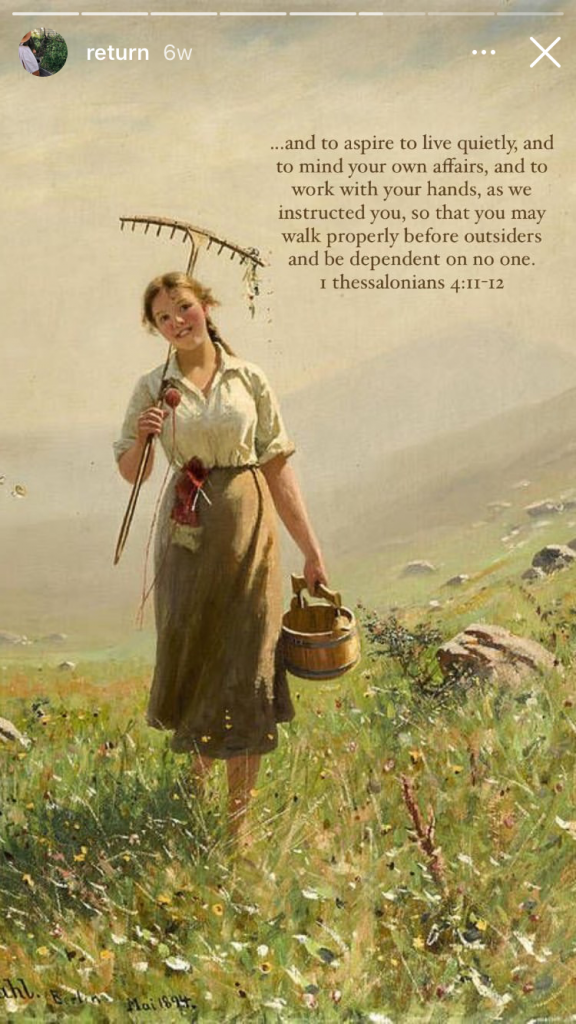
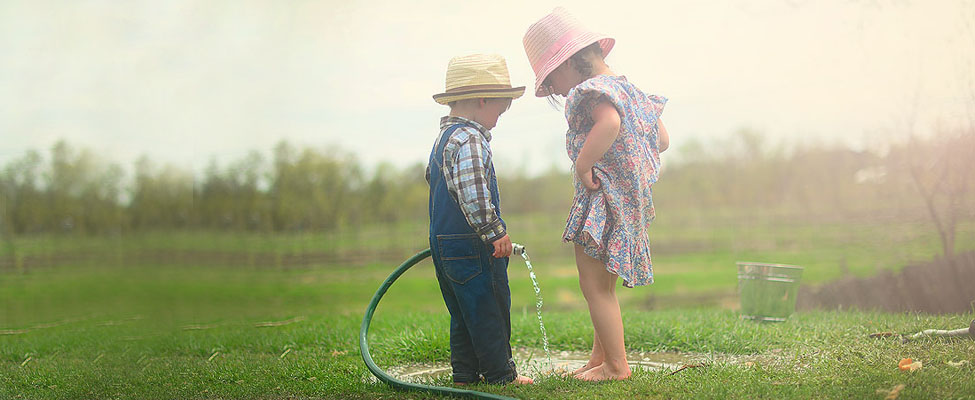


by Gigi
16 comments